Are you on the hunt for reliable metal detector coils? If so, then choosing the right one has never been more important. With so many available options in the market today, knowing your needs and researching before purchasing is critical to ensuring you get the best metal detector coils. In this blog post, we will discuss how to choose the right metal detector coil for yourself or your business's needs to ensure successful outcomes. We'll discuss factors such as shape, size & type of coil so that you can decide which product is best for you!
What are Metal Detector Coils?
Metal Detector Coils are one of the important metal detector accessories widely used in various industries for security and exploration purposes. These coils play a significant role in identifying metallic objects like gold in a given area or space. These coils are essentially an antenna that generates a magnetic field when an electric current is applied. This magnetic field induces a secondary magnetic field in any nearby metallic object, which the coil detects and then signals to the metal detector's control box.
Metal Detector Coils come in various shapes, sizes, and configurations, depending on the metal detector's application and environment. The type of coil used can affect the metal detector's detection range, sensitivity, and accuracy. Two primary types of coils are used in metal detectors: the metal detector search coils and the receive coil. The search coil is the primary coil that generates the magnetic field, while the receive coil is the secondary coil that measures the induced magnetic field.
Metal Detector Coils are commonly found in handheld metal detectors, walk-through metal detectors, and ground penetrating radar. These metal detecting equipment are used extensively in security checkpoints and by treasure hunters to detect the presence of metals in the ground, such as gold, silver, and copper.
Metal detector coils play a crucial role in detecting metallic objects and substances, making them an indispensable component in various applications, from security to exploration.
How Does Metal Detector Coil Work?
Metal detectors work by emitting electromagnetic waves from a coil that is installed in the device. When these waves interact with a metal object, they create a magnetic field around it. The metal detector detects this disturbance in the magnetic field, which then produces a signal to indicate the presence of metal.
Now let's dig deeper into how the metal detector coil works. Inside the metal detector, an oscillator creates an alternating current. This current is then sent to a coil of wire wound into a spiral shape. The wire can be made of different materials, such as copper, silver, or gold. The size and shape of this coil will depend on the type and purpose of the metal detector.
When current flows through this coil, it generates a magnetic field. This magnetic field then travels through the air and interacts with metallic objects that are present in its path. The presence of metal in the vicinity of the coil causes a disturbance in the magnetic field, which changes the electrical properties of the coil, thus initiating a signal in the metal detector.
The device interprets the signal that is sent back to the metal detector from the coil. The metal detector analyzes the strength and duration of the detected signal, and based on this information, it can determine the type, size, shape, and distance of the metallic object from the coil.
The coil is a key component of the metal detector device that plays a crucial role in detecting metal objects.
What are the Different Types of Metal Detector Coils?
Over the years, the development of metal detector coils has advanced, resulting in various coils used for specific purposes and environments. The different types of metal detector coils include Double-D coils, Concentric coils, and Mono coils.
Double-D coils, also known as Crossing coils, are designed with two overlapping D-shaped coils, which are independent of each other. A DD search coil is a favorite option for detecting small metallic objects in mineralized soil because they provide better discrimination, sensitivity, and depth than other coils.
Concentric coils are the most common and traditional type of metal detector coil because they are versatile and can detect large and small metallic objects. The concentric coils consist of two loops, each determining the detection area. Concentric coils are best suited for shallow detections and locating objects near the ground.
Mono coils, on the other hand, are highly sensitive and can detect objects that are deeper in the ground. The mono coil is a single coil, but it is electromagnetic, meaning it generates a magnetic field. Monoloop coil is also highly resistant to electromagnetic interference allowing for an accurate record of the metal detection.
Understanding the different types of metal detector coils available and their functionality is essential for those who want a successful treasure-hunting experience. A factor in the optimal choice of the coil depends on the type of ground on which one wishes to use the detector. Many online stores stock Minelab detector coils and other coils from different brands.
Key Factors of Metal Detecting Coil Performance:
The metal detector's performance depends upon the coil. Here are some key factors that determine the coil's performance.
Shape
The shape of a metal detecting coil plays a crucial role in its performance. Most coils found in the market come in two shapes - concentric or Double-D. A concentric coil emits a small cone-shaped field, which is ideal for detecting small individual targets. Contrastingly, the larger DD coil has a blade-like shape and emits a much broader field, making it ideal for identifying larger targets.
Moreover, some brands have developed elongated and elliptical-shaped coils, providing advanced detection abilities. The elliptical shape is excellent for covering more ground. At the same time, the elongated coil design can detect smaller objects at increased depth.
The shape of a metal detector coil is an essential factor in its performance. The shape of a coil determines the field it emits, making it optimal for specific types of targets. Choosing the right shape for specific detecting conditions can increase a detector's performance. From Nel to Garrett metal detector coils, there’s a lot of options available.
Size
The coil size of a metal detector is also an important factor in its performance—generally, the larger the coil, the deeper the detection range. However, a larger coil can be heavier and less maneuverable, making it more challenging to use in tight spaces.
On the other hand, smaller coils provide more maneuverability, making them ideal for hunting in smaller areas with tight spaces. They also allow for more precise target identification and can detect smaller objects.
Furthermore, different sizes of coils can have unique targeting abilities. A mid-sized coil can be the perfect size to detect coins and smaller relics. Contrastingly, a larger coil can detect larger relics.
Therefore, the size of the coil depends on user preference and detecting conditions. Both larger and smaller coils have their benefits, and choosing the right one is essential for optimal performance.
Frequency
Frequency is a key factor determining the performance of metal-detecting coils. In simple terms, frequency refers to the number of times the coil sends a signal to the ground and receives a signal back. The frequency of a detector is typically measured in kilohertz (kHz) and can range from 1 kHz to 100 kHz or higher.
A high frequency is ideal for finding small, shallow targets such as coins, jewelry, and relics. This is because high frequencies are more sensitive to smaller targets and better detect highly mineralized soil. However, high frequencies can also decrease the detection depth of larger targets such as relics or deep coins.
Conversely, lower frequencies have greater depth penetration and are better suited for detecting large, deep targets such as caches and other buried treasures. Lower frequencies also fare better in areas with low to moderate soil mineralization. However, lower frequencies are less sensitive to small targets and may not produce a clear signal in highly mineralized areas.
Choosing the right frequency for your metal-detecting coil largely depends on the type of targets you are searching for and the soil conditions in your area.
Conclusion
Although choosing the right metal detector coil can be confusing, it doesn't have to be. Understanding what you're looking for in a metal detector coil and then researching which fits your needs best is an effective approach. Various options allow you to customize your experience based on the type of search you are doing. Knowing the size requirements of the coil, its composition, and the wavelength technology it uses can help inform your decision. Take the time to consider all factors when choosing between metal detector coils so that you have an effective tool for finding treasure or relics, whether you are a beginner or a seasoned enthusiast!



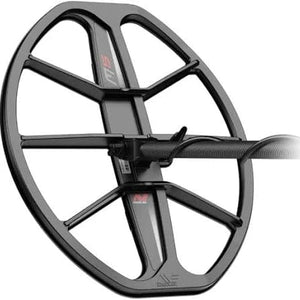
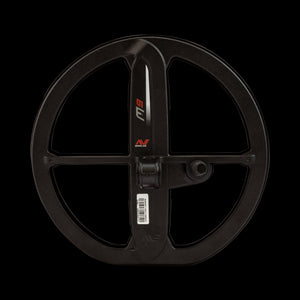
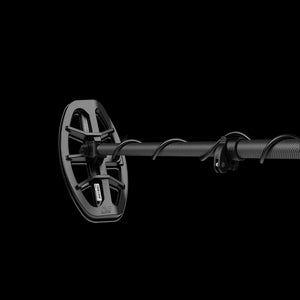
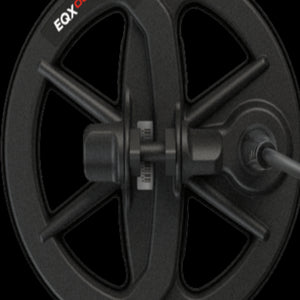
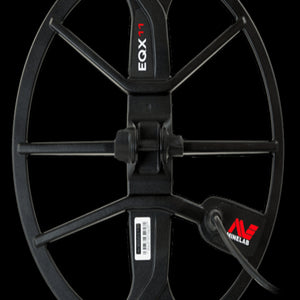
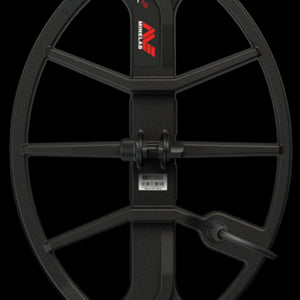
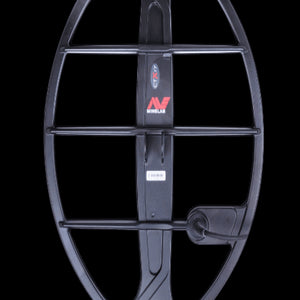

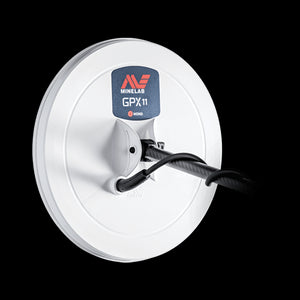
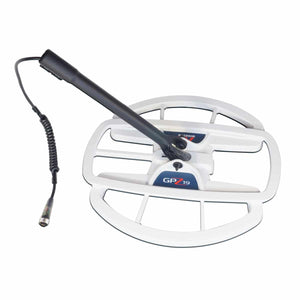
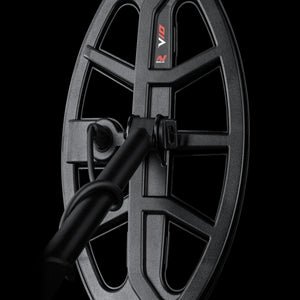
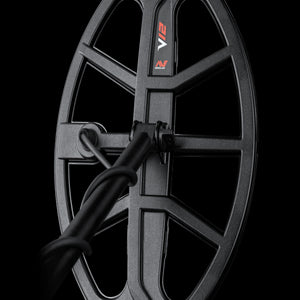
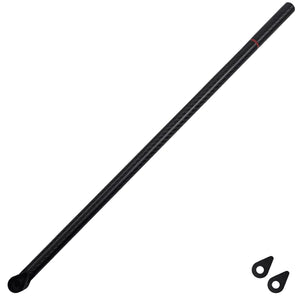
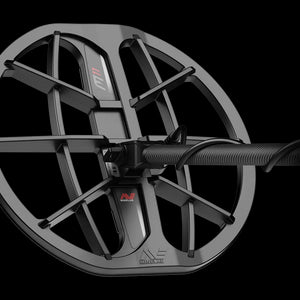

Leave a comment